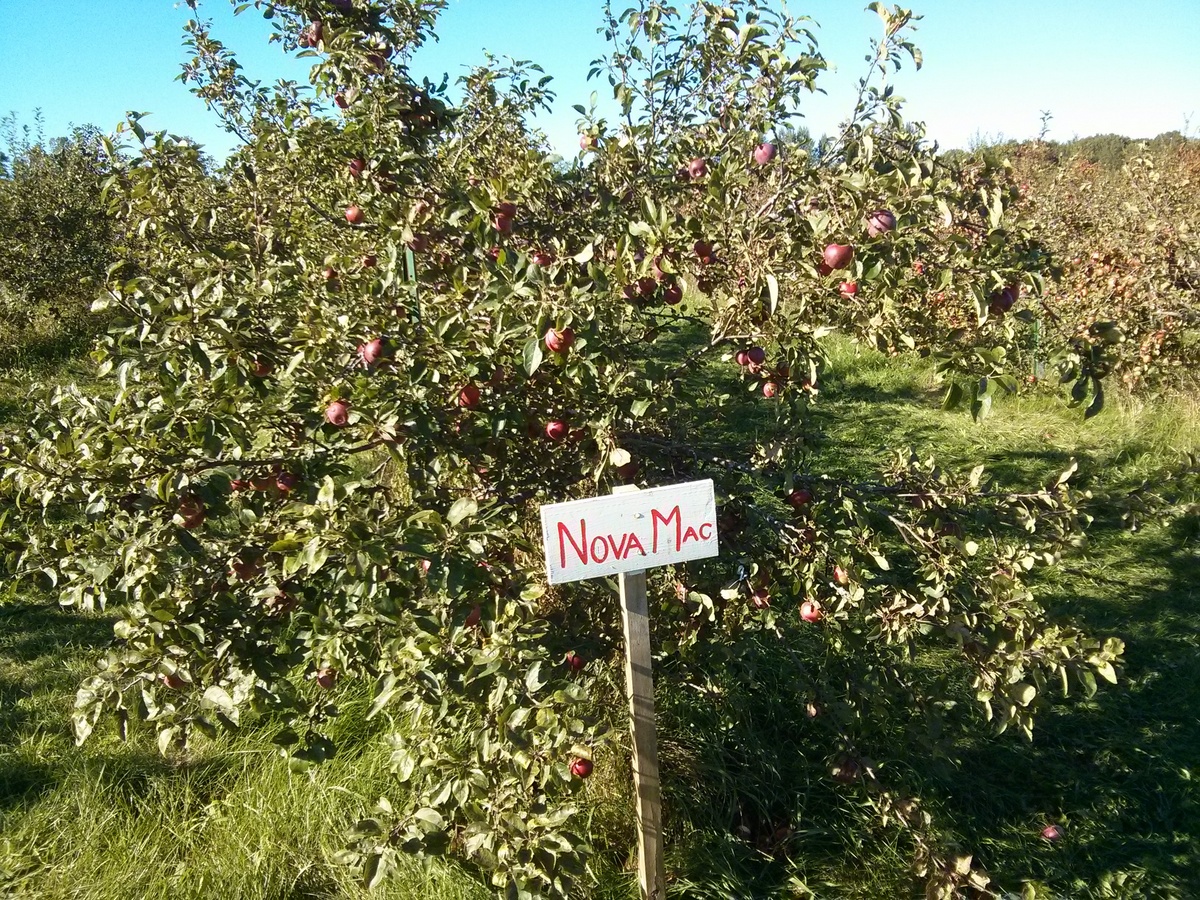Hybrid fruit trees are a way to bring new, interesting, and multiple fruit varieties to home gardeners. In this week’s tip, we’ll go over the two main definitions when it comes to hybrid fruit trees, common hybrid varieties, and why you may want to grow one in your own garden.
When it comes to fruit trees, most propagation is done by grafting, wherein the tissue from one desired plant is fused onto the rootstock of another species. This allows the desired fruit variety to be grown on a rootstock/base that is specifically adapted to the soil/climate of the region, producing healthy and more robust trees. If you were to plant seeds from the type of fruit you want to grow, it will almost always have different genetic traits in terms of growth, fruit quality and taste. When it comes to grafting, trees can have multiple grafts, which allows for multiple species within the same family to be grafted onto the same rootstock. This is why you may 2, 3, or even up to 40 different varieties all on the same tree. As long as they are in the same family, you can graft them onto the same tree/rootstock. This is most commonly done with stone fruit such as apricot, plum, peach, and nectarine. A similar grafting method can be done with citrus fruit (lemon, lime, grapefruit, tangerine, orange, etc.) to grow multiple varieties on the same tree.
Another method of creating a hybrid fruit tree is sexual reproduction where pollen from one variety of tree is transferred to another type of tree. The resulting seeds from that flower/fruit will then express genetic traits from both of its parents. Biologically, this is referred to as a hybrid or an interspecific hybrid as two species are mated from within the same genus. Examples of hybrid fruit include plumcot (cross between a plum and an apricot), pluots (25% apricot and 75% plum), aprium (25% plum and 75% apricot), peachcot (peach and apricot), and tangelo (tangerine and pomelo or grapefruit), tayberry (blackberry and raspberry), jostaberry (black currant and gooseberry), and ugli fruit (Seville orange and grapefruit and tangerine) .
Hybrid fruit trees provide home growers many advantages such as the opportunity to grow multiple varieties and unusual varieties all on the same tree. This reduces the space required for multiple trees and often for additional pollinator varieties. Most hybrids are grown on rootstock that can be customized for the type of soil you have, increasing overall vigor and fruit quality. Grafting and interspecific hybrids require specialized skills and time to create and if you only have one tree in your garden, it provides a single point of failure if pests, diseases, or natural disasters were to strike.
“The best time to plant a tree was 20 years ago. The second best time is now.” – Chinese Proverb
[Got a Tip?] If you have a tip to share with your fellow urban farmers, let us know at tips@youngurbanfarmers.com. Want More Tips? Browse our Tips Archive for more.






